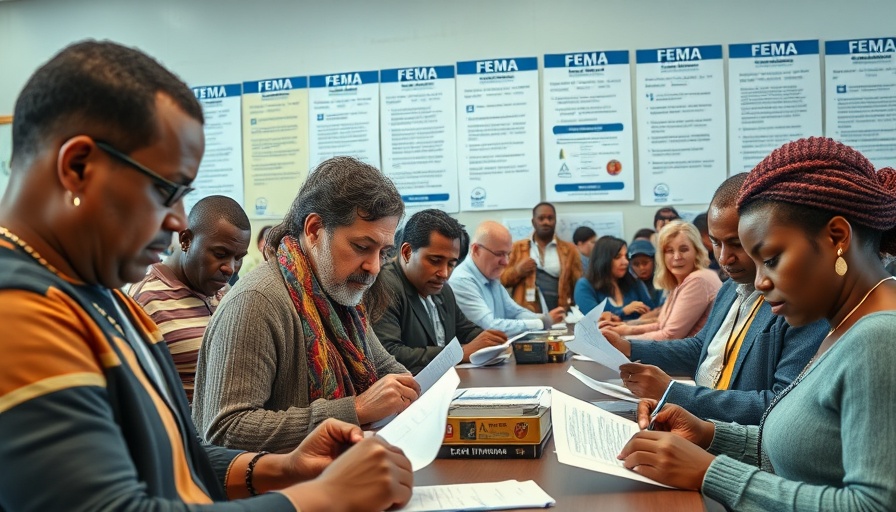
FEMA's Lifeline for Williamson County Residents
In the aftermath of devastating floods that swept through Central Texas, the Federal Emergency Management Agency (FEMA) has extended crucial aid to residents of Williamson County. This assistance aims to alleviate the immediate financial burdens faced by those affected. With many homes damaged and various infrastructure compromised, this support has become a lifeline for a community grappling with recovery.
Community Backdrop: The Flooding Crisis
The floods have wreaked havoc in regions across Central Texas, prompting a multi-faceted response. These floods, attributed to fluctuating weather patterns and climate change, highlight a growing concern for local communities. Williamson County residents experienced firsthand the fury of nature, with torrents inundating streets and threatening homes.
FEMA’s Extended Assistance: What You Need to Know
The extension of FEMA assistance is significant. It includes individual assistance programs that cater to a range of needs, from financial aid for temporary housing to home repairs. Residents are encouraged to apply online or visit local FEMA Disaster Recovery Centers to access resources crucial for rebuilding their lives. Understanding the process is essential, as timely applications can make a large difference in the speed of recovery.
Local Heroes: Community Support Initiatives
Amidst this turmoil, local organizations have stepped up, providing support where it's most needed. Volunteers have organized donation drives, offering food, clothing, and other essentials to those displaced by the floods. This community spirit exemplifies how residents can come together in times of crisis, emphasizing that while natural disasters can divide, communities often unite in compassion and action.
Future Predictions: Preparing for Resilience
As Williamson County rebuilds, the focus isn't solely on recovery; it’s also on resilience. Experts suggest that future investments in infrastructure—such as improved drainage systems and community awareness programs—could mitigate the impact of similar disasters. With climate change symptoms like these floods becoming increasingly common, proactive measures are necessary for safeguarding our communities.
Community Responses: Voices of the Affected
Local residents have shared their experiences, revealing both the struggles and triumphs in the wake of disaster. “The support from FEMA and our local organizations is essential, but it’s the community that gives us hope,” said one resident, highlighting a theme felt by many. Understanding these personal narratives adds depth to the broader story of resilience and recovery.
The Road Ahead: Actionable Insights for Residents
For those affected, it’s crucial to understand the resources available. Stay informed through local news outlets and community meetings, which often provide updates on rebuilding efforts and FEMA resources. Create a support network with neighbors, ensuring that everyone knows how to apply for aid and what assistance is available. Recovery is a process, and together, we can navigate it more effectively.
A Call to Action: Be Proactive in Recovery
As the recovery efforts continue, it’s imperative to stay engaged. If you or someone you know has been affected by the floods, don’t hesitate to seek assistance from FEMA and local organizations. Keep an eye on upcoming community events that focus on recovery and rebuilding. Together, we can not only recover but also strengthen our community for future challenges.
 Add Element
Add Element  Add Row
Add Row 



 Add Row
Add Row  Add
Add 


Write A Comment